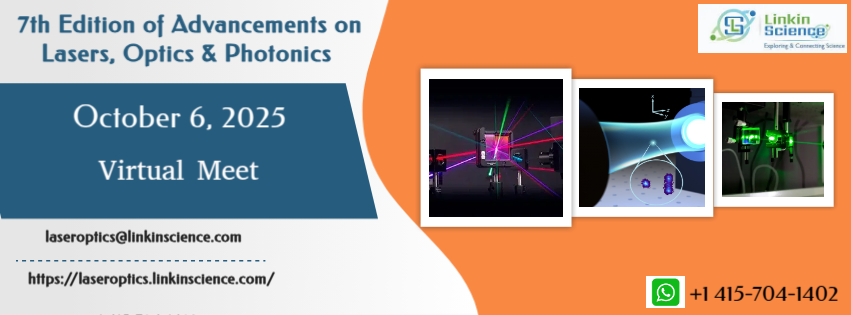
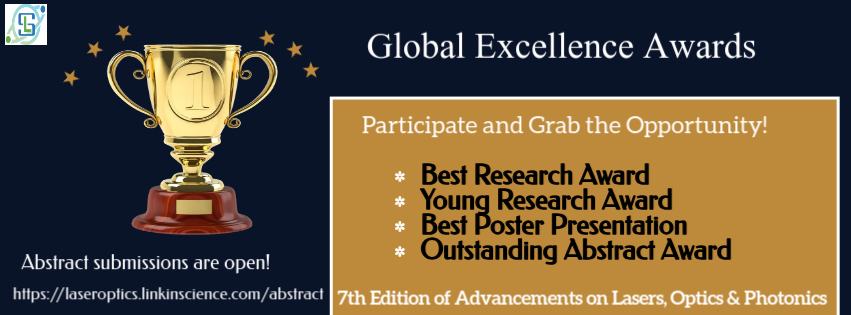
Abstract Submission: September 25, 2025
Early bird on/before : June 10, 2025
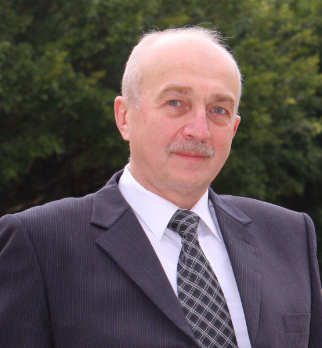
Hong Kong University of Science and Technology
Professor
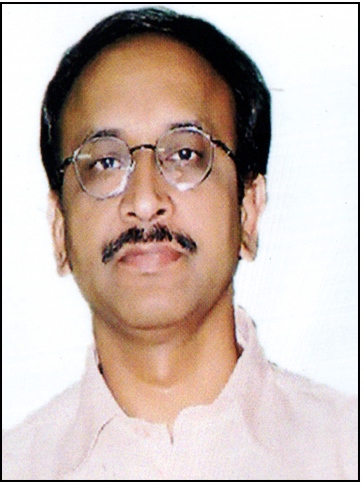
Optics & Allied Engg.Pvt.Ltd., Bengaluru, India
President
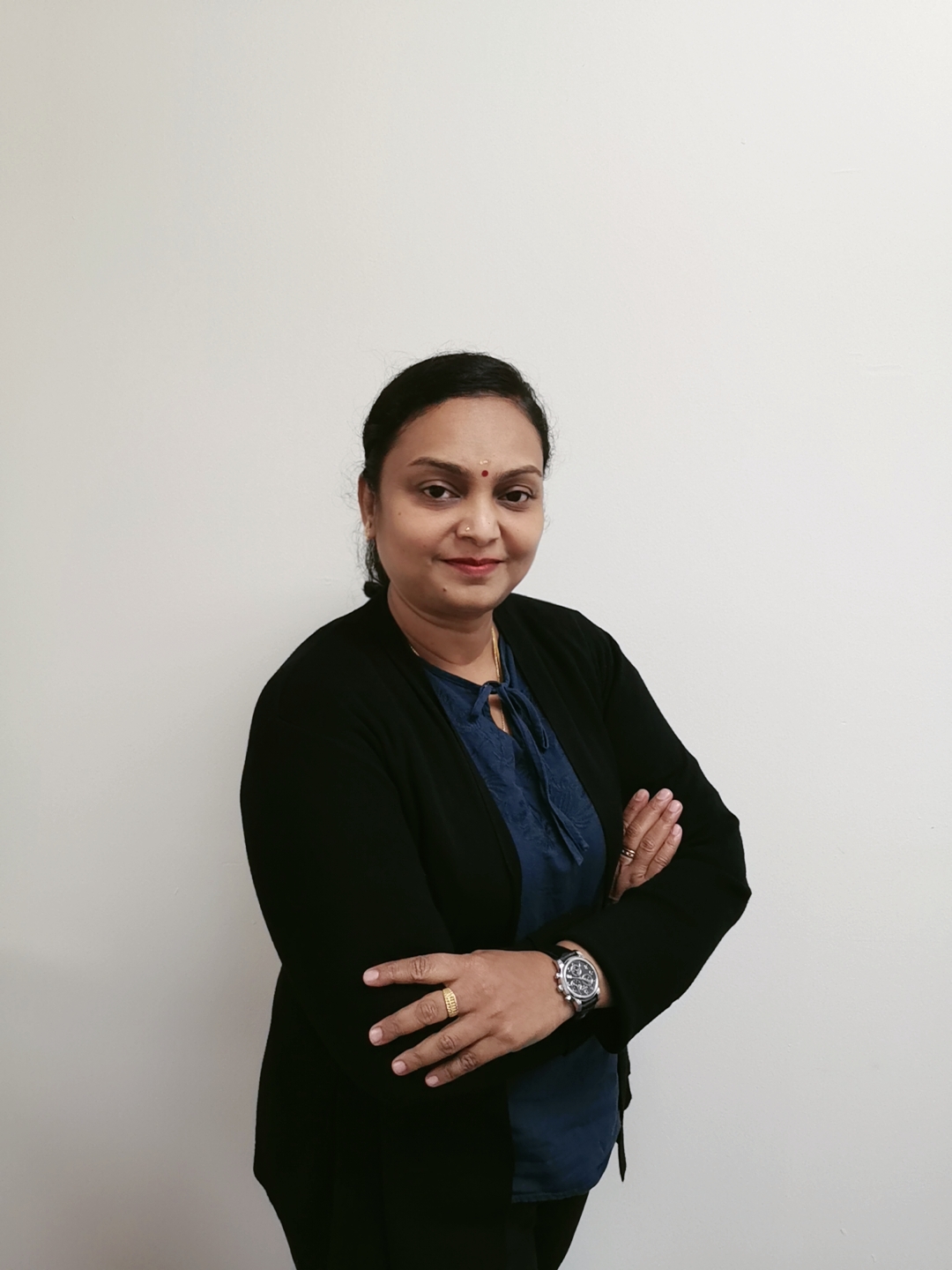
INTI International University
Associate Professor
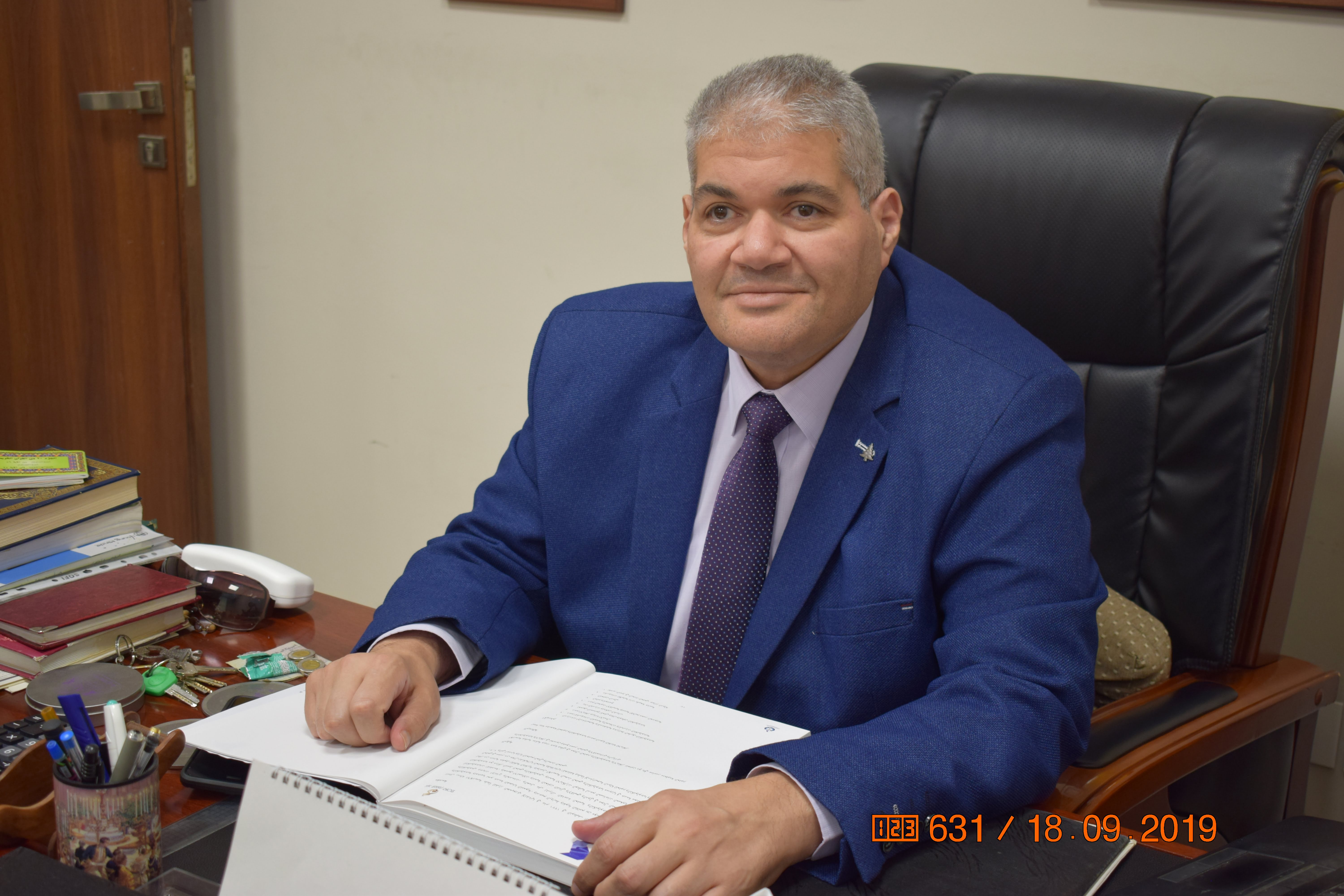
Center for Photonics and Smart Materials at Zewail City of Science and Technology
Professor/Director
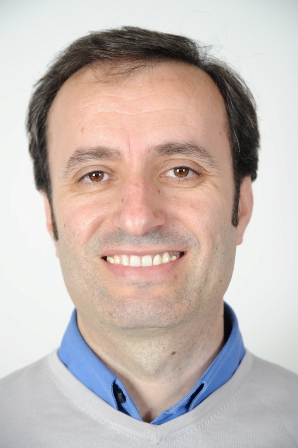
Nanoalmyona BV
CEO, Nanoalmyona BV,
A poster presentation is a way to communicate your research in a concise and visually engaging format. Poster presentation helps make clever use of time and space for scientific discussion among conference attendees. Co-authors or colleagues may also be present and participate at the same time in discussions.
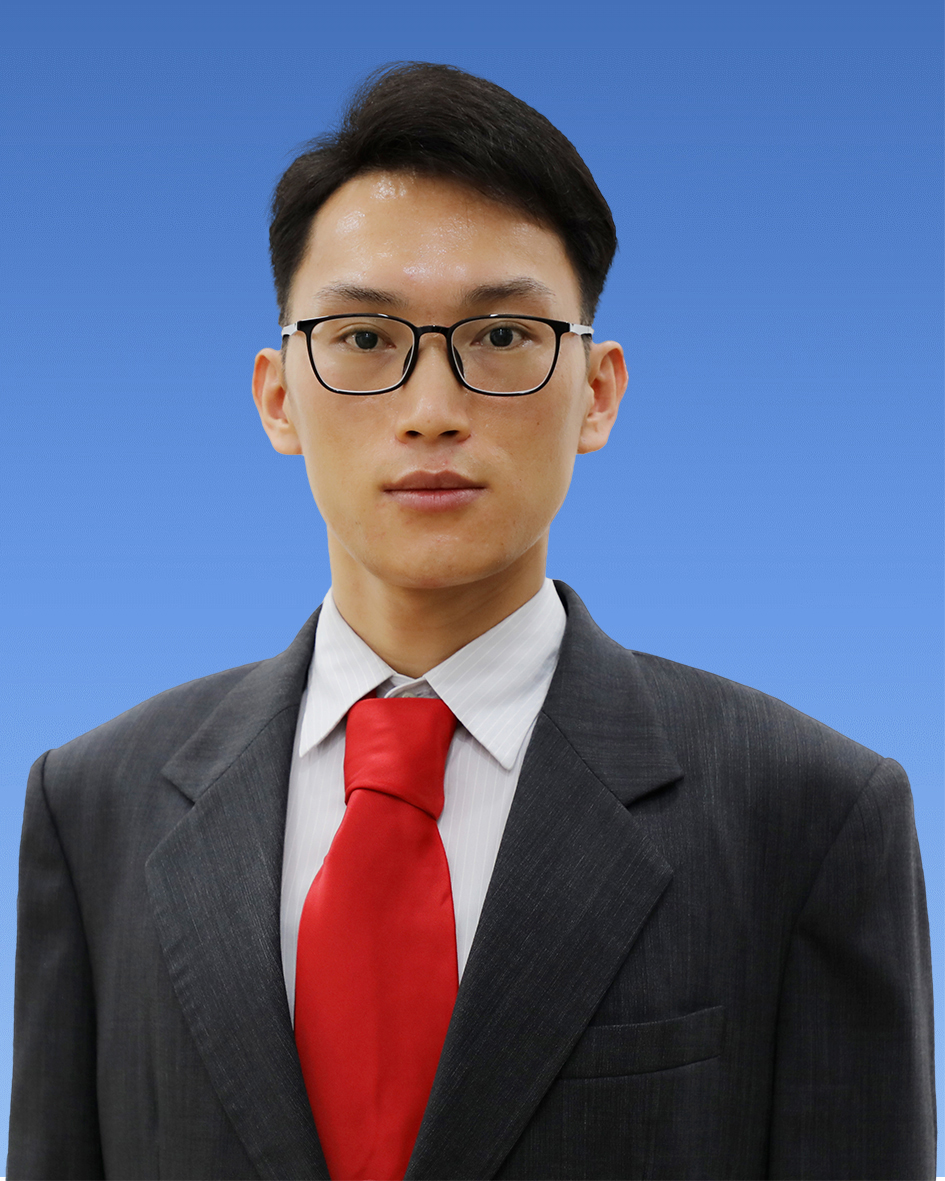
Associate Professor, Jinan University, China
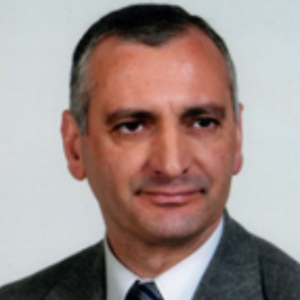
Professor, Aveiro University, Portugal
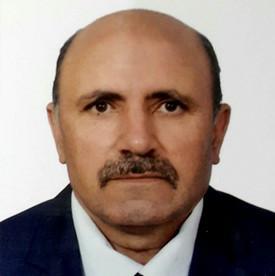
Assistant Professor, Al-Nahrain University, Iraq
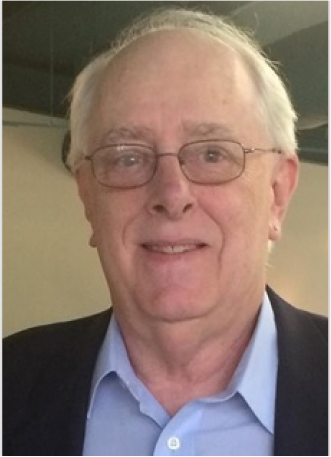
Founder and CTO, Advanced Photonic Sciences, USA
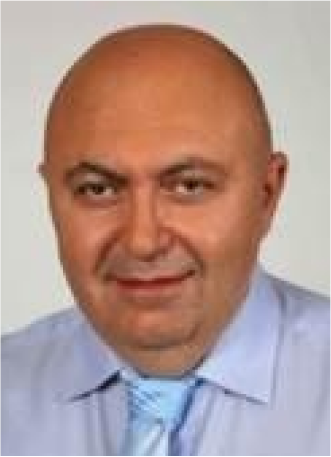
Dean of Engineering, Holon institute of Technology, Israel
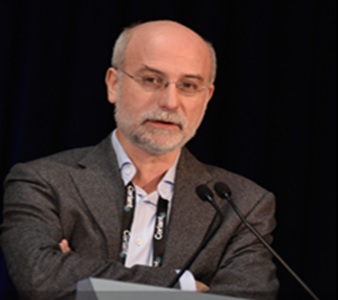
Vice President , Packet-Optical Platform, Juniper Networks, USA
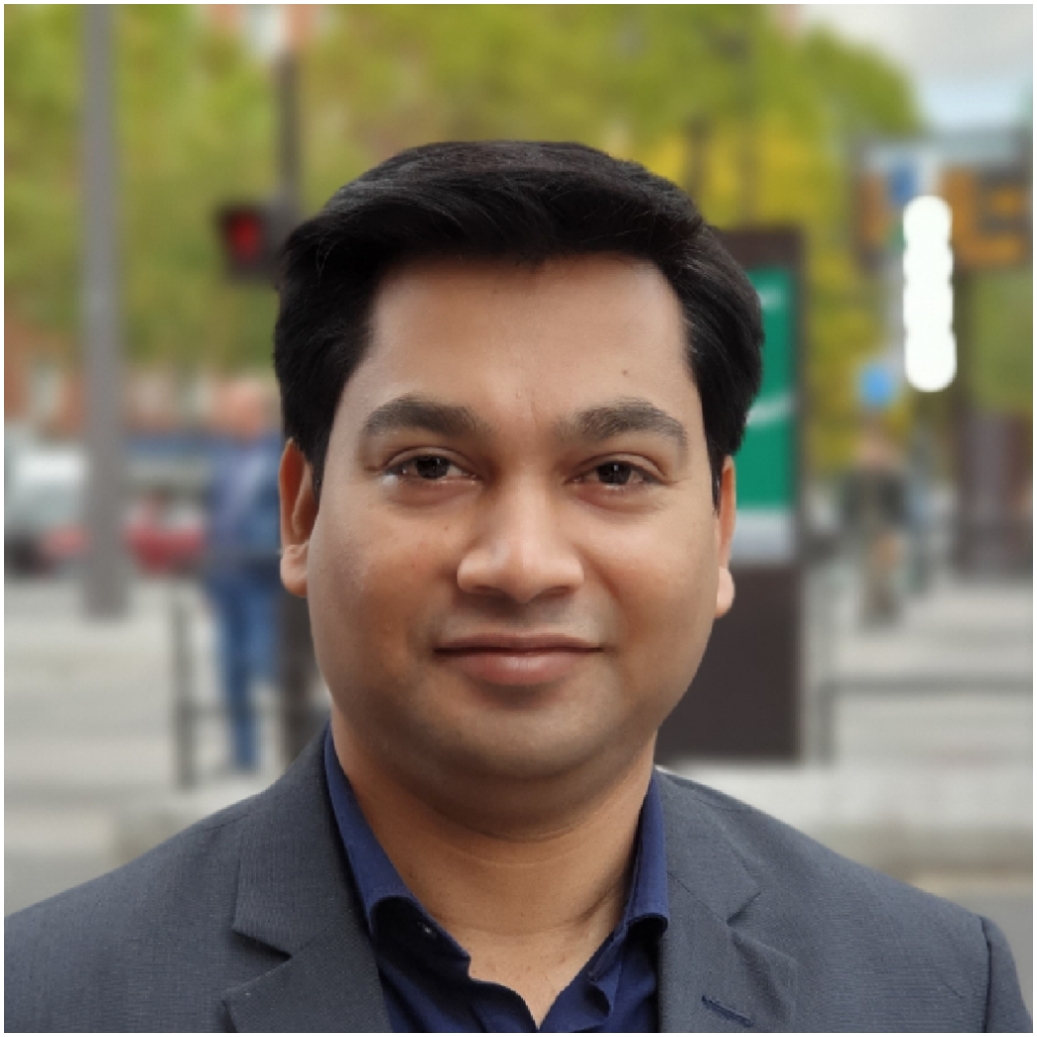
Vice President, R & D, Nanoptek Corporation, France
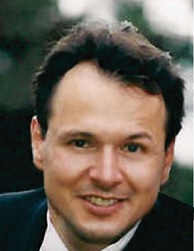
Director of R&D, Claire Lasers Corporation, Canada
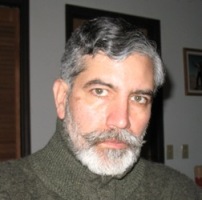
Principal Research Scientist, The University of Alabama in Huntsville

Associate Professor, Universidade de Aveiro, Portugal
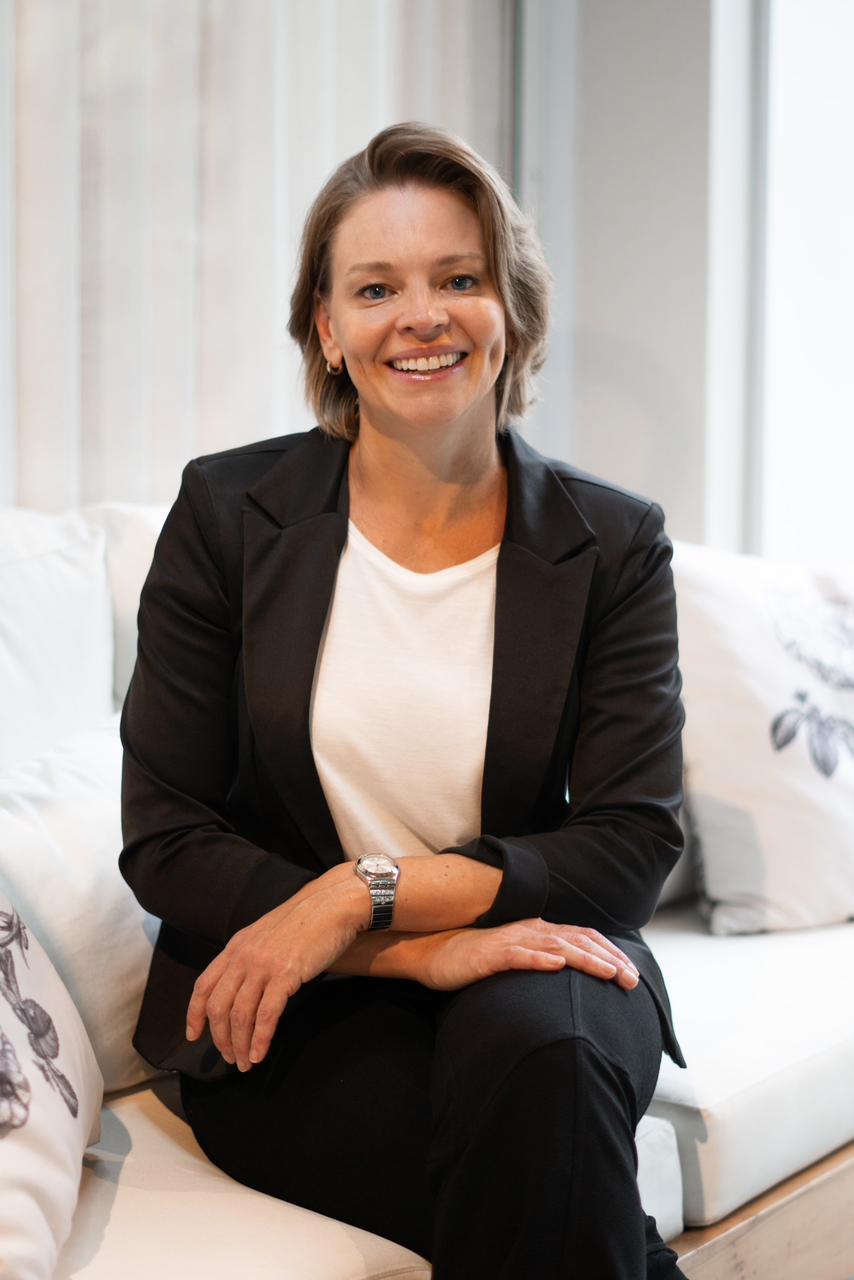
Professor, Biophotonics Applied to Health Sciences Postgraduate Program
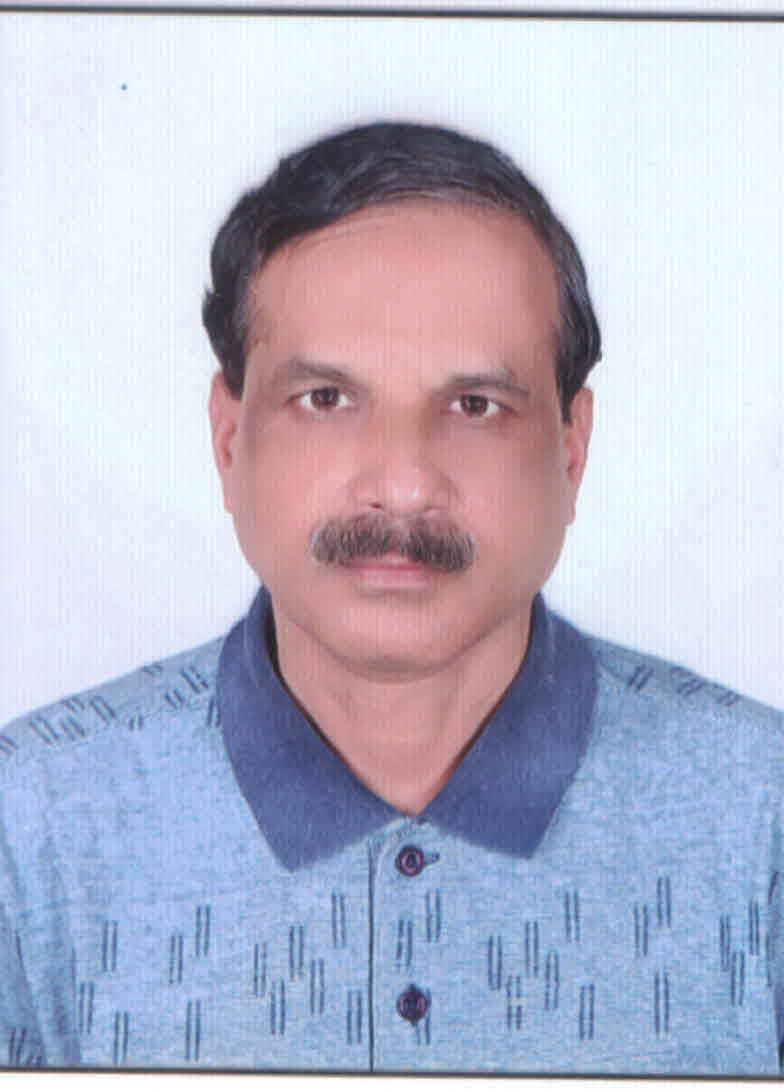
Professor, CSIR-Central Glass and Ceramic Research Institute, Kolkata, India
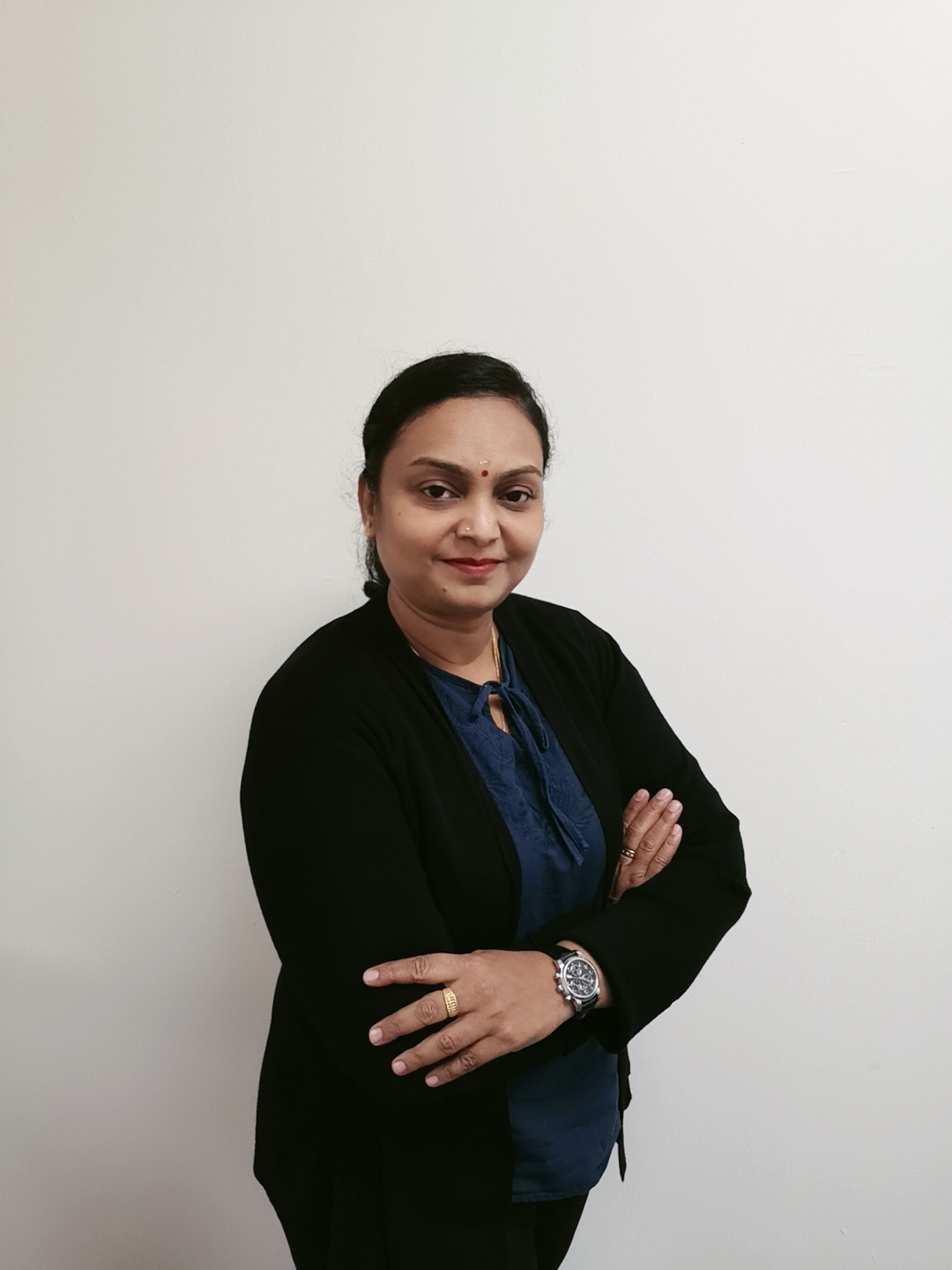
Associate Professor, INTI International University
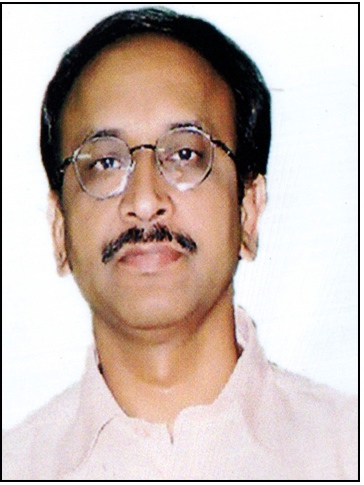
President, R&D Ops & DTM, IR Optics , Optics & Allied Engg.Pvt.Ltd. India
4% tax is applicable on all registrations
4% tax is applicable on all registrations
4% tax is applicable on all registrations
4% tax is applicable on all registrations
4% tax is applicable on all registrations
Congratulations to all the participants for their excellent contributions and to the awardees for winning in the following categories.
Selected participants for LOP 2025 conference
What our Past Participant have in there mind.
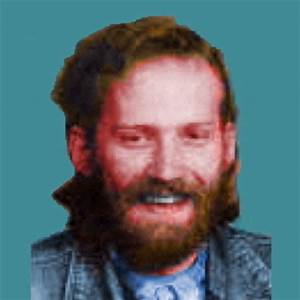

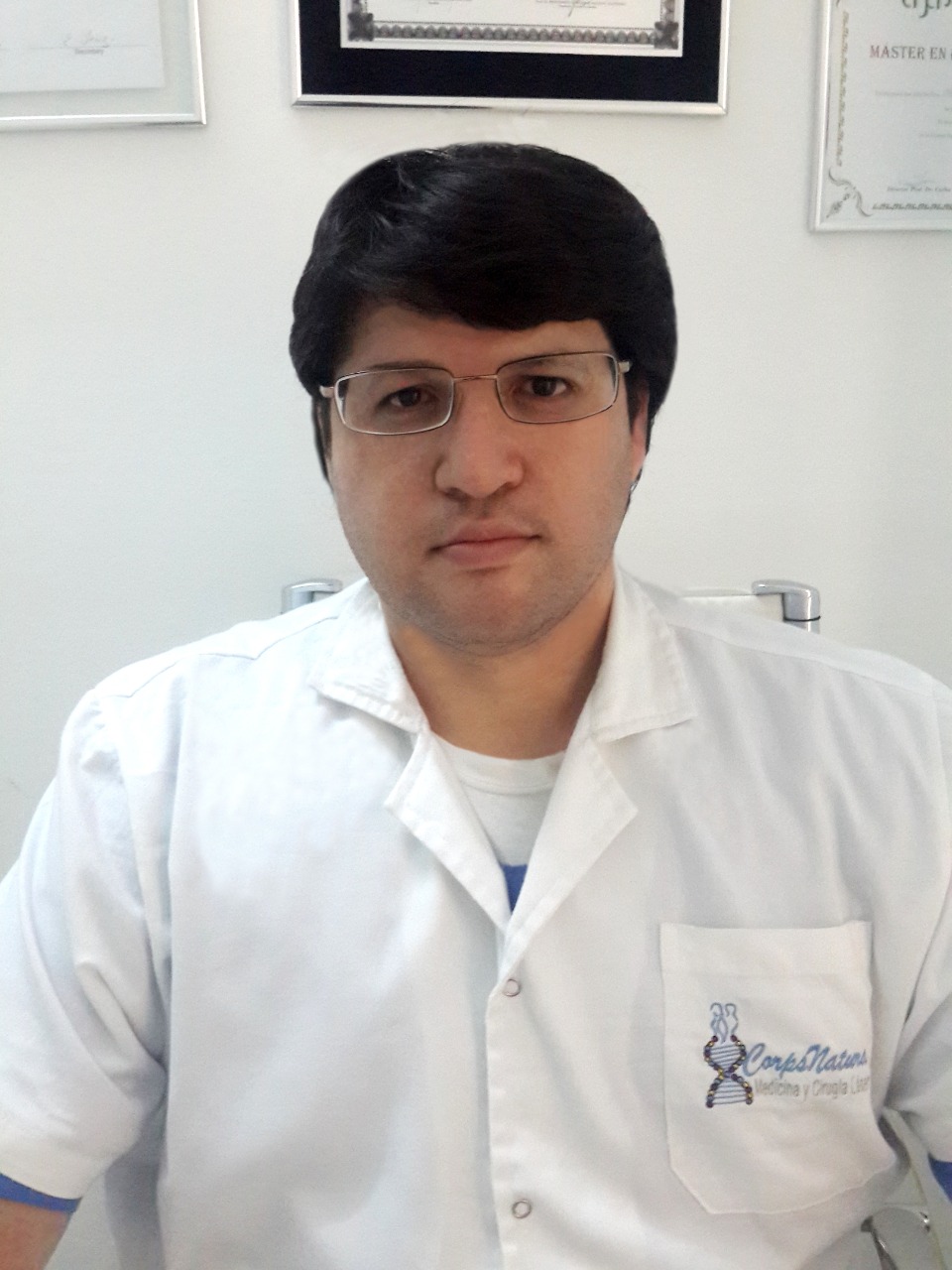

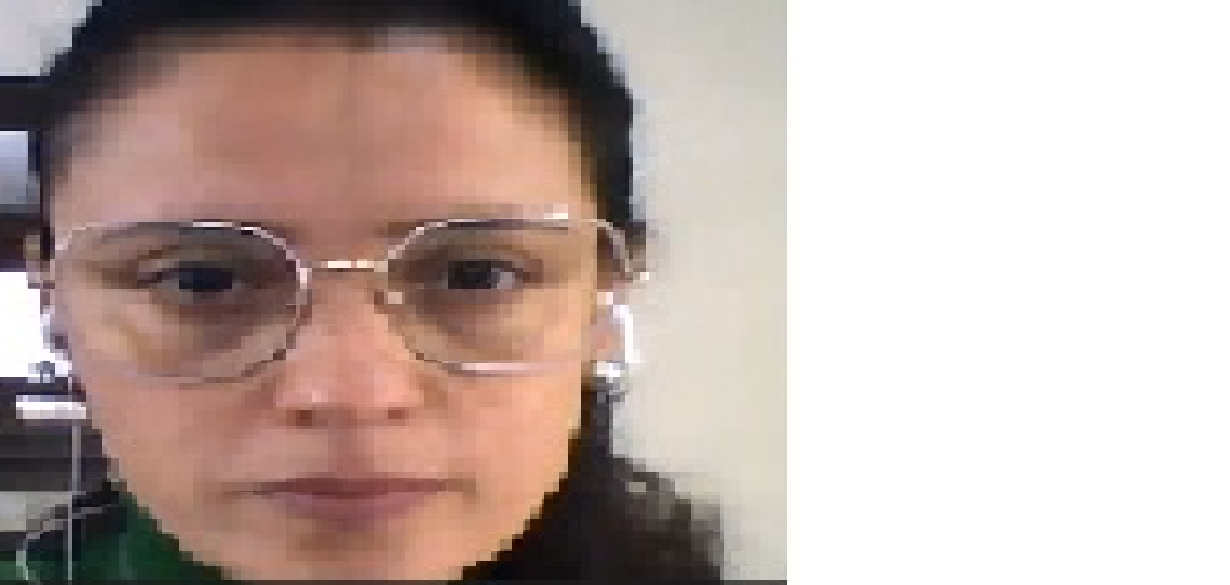



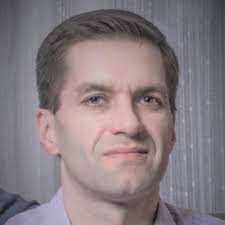

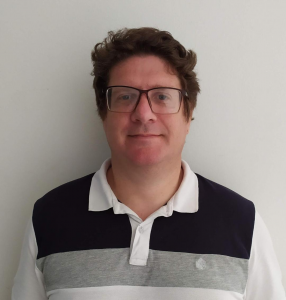

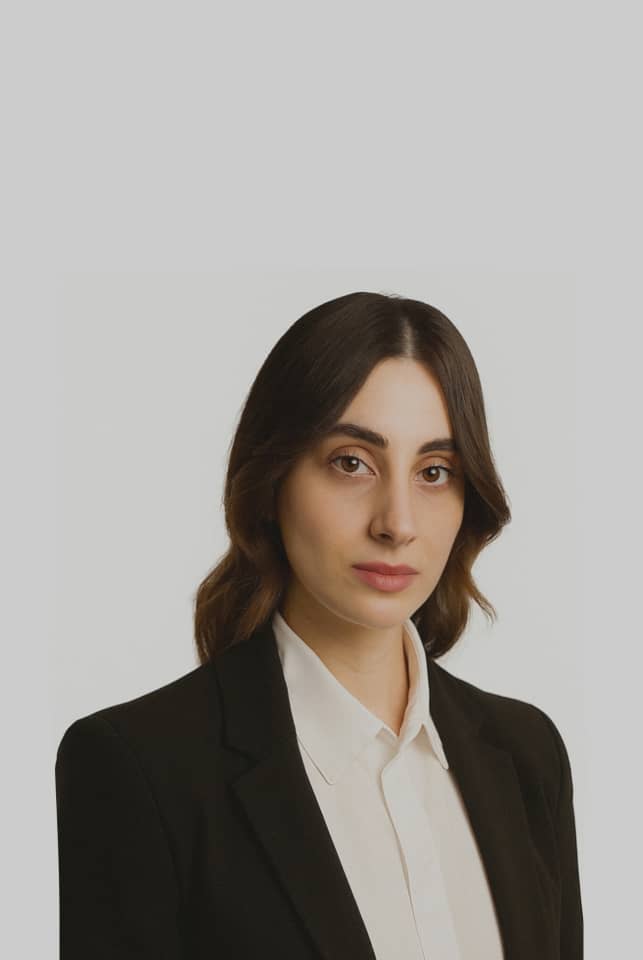

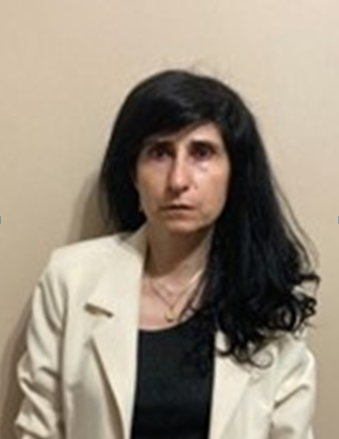

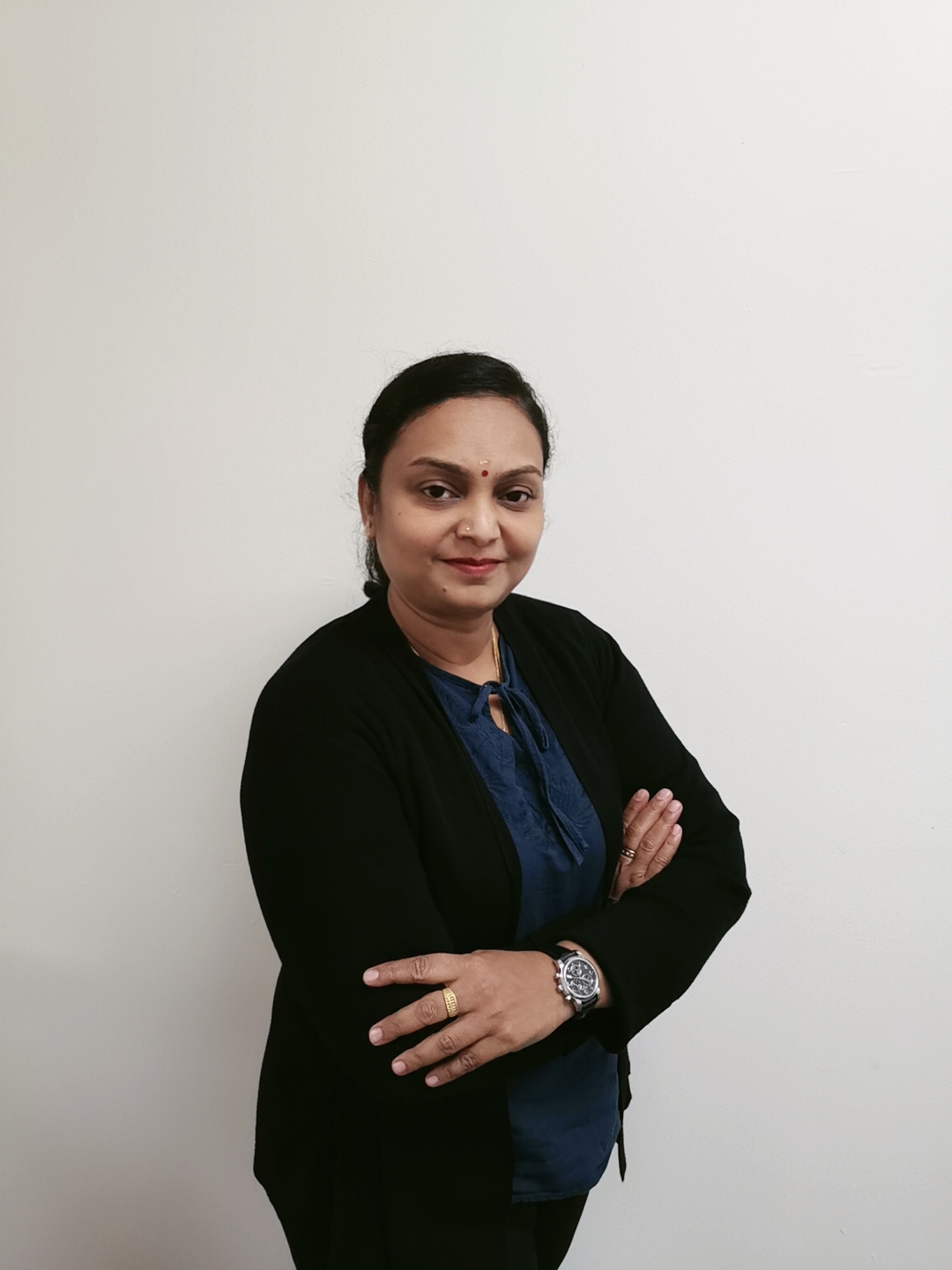

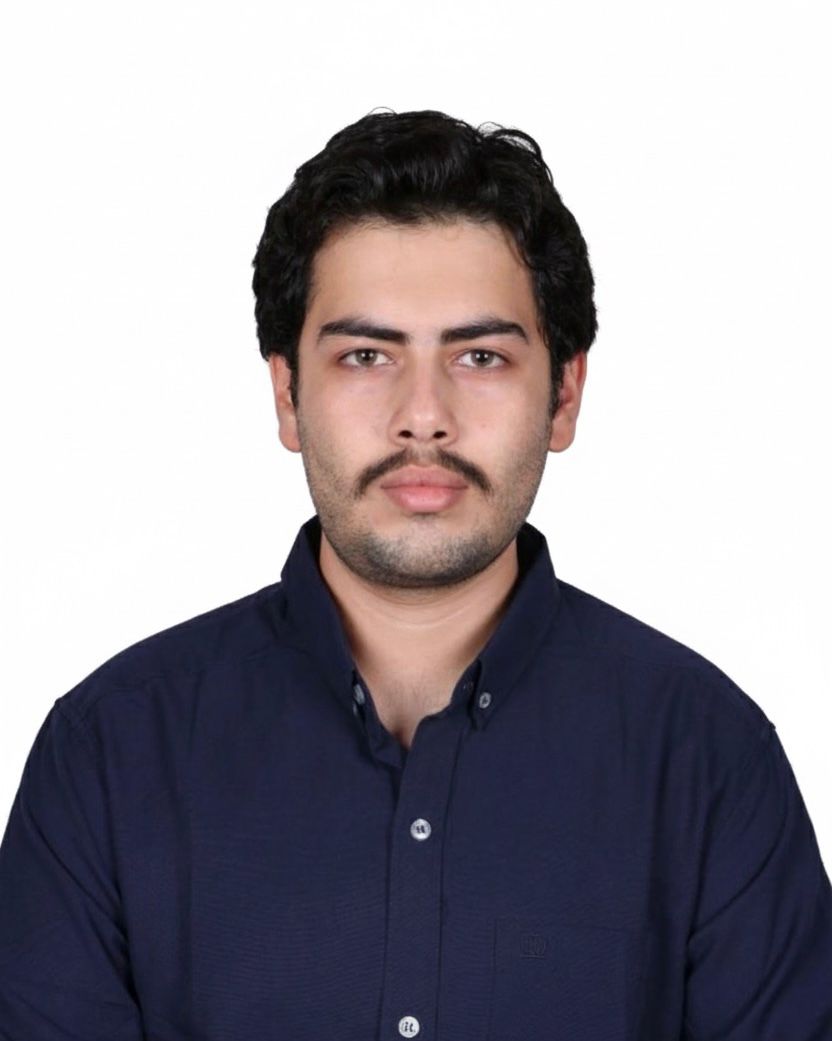

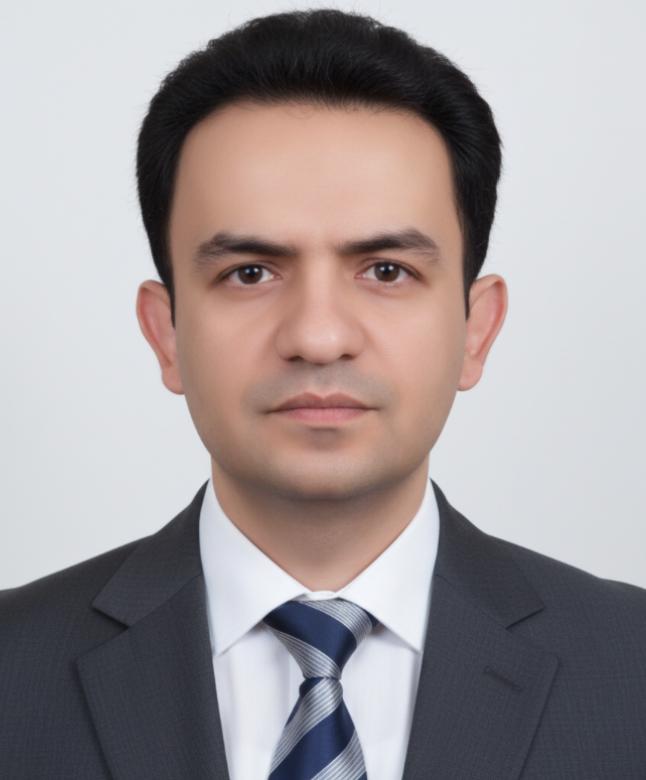

Please keep the hybrid form of the conference even is their was no pandemic need. This should be standard to have a choice to be onside or virtually. I personally always prefer the virtual as the higher 21-st century tech of conferencing.
I think all areas was covered during the Congress To improve the target public, maybe it will useful have online translation in others languages, cause the content of the Congress it was excellent!!
I enjoyed the event in the month of October. We have enough time for the production of the work.The possibility of getting to know works from all over the world without leaving home.I was satisfied with all areas and services.
Yes, I liked it a lot .Everything was perfect. It was excellent
Less costs, time saving. Providing technical information related to the presentation procedure and enabling the tests of connection and presentation before the conference. More precise division of papers into thematic sessions.
I liked the idea of watching and participating in a presentation of interest and the possibility to access the virtual conference wherever I like. Also, I liked virtual presentations that allow the participants to be more accurate when presenting their work and the interactive poster presentations as well. Maybe the virtual presentations can be written by the authors and edited for eventual language mistakes and then converted to speech by a native English speaker to be more comprehensible.
Thank you for organizing such a well-coordinated and inspiring event. It was a great honor to participate as a speaker at the 7th Edition of Advancements on Lasers, Optics & Photonics (LOP 2025). I truly appreciate being recognized with the Best Poster Presentation Award, which was a wonderful encouragement. The conference provided an excellent platform to share ideas and connect with leading researchers in the field.
I would like to thank you for participating in the conference. It was a great opportunity to present our study and learn about several other studies that are being conducted. It was a very rewarding experience.
It was truly an honour to be part of the 7th Edition of Advancements on Lasers, Optics & Photonics (LOP 2025). The conference was well-organized and intellectually engaging, providing an excellent platform to share ideas and connect with fellow researchers. I appreciate the opportunity to contribute as a Speaker and look forward to future editions of LOP.
I would like to thank you and your team for organizing this congress, everything went as planned and without any problems, and I hope that in the coming years we will see more research and studies in the field of photobiomodulation. It was a pleasure meeting you.
Thank you for organizing such a great and insightful conference. I truly enjoyed participating as a speaker.